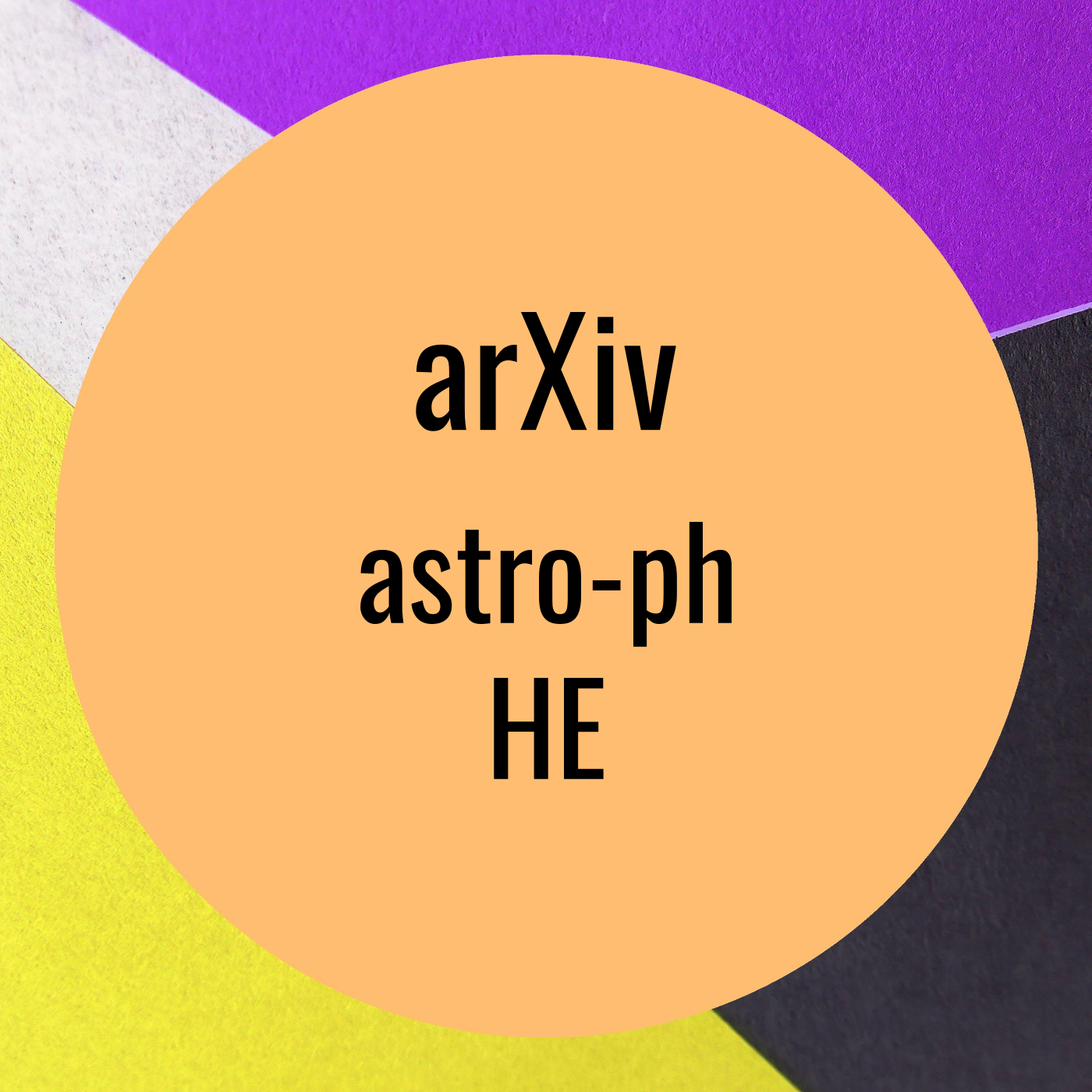Identifying the physical origin of gamma-ray bursts with supervised machine learning
Description
Identifying the physical origin of gamma-ray bursts with supervised machine learning by Jia-Wei Luo et al. on Wednesday 30 November
The empirical classification of gamma-ray bursts (GRBs) into long and short
GRBs based on their durations is already firmly established. This empirical
classification is generally linked to the physical classification of GRBs
originating from compact binary mergers and GRBs originating from massive star
collapses, or Type I and II GRBs, with the majority of short GRBs belonging to
Type I and the majority of long GRBs belonging to Type II. However, there is a
significant overlap in the duration distributions of long and short GRBs.
Furthermore, some intermingled GRBs, i.e., short-duration Type II and
long-duration Type I GRBs, have been reported. A multi-wavelength,
multi-parameter classification scheme of GRBs is evidently needed. In this
paper, we seek to build such a classification scheme with supervised machine
learning methods, chiefly XGBoost. We utilize the GRB Big Table and Greiner's
GRB catalog and divide the input features into three subgroups: prompt
emission, afterglow, and host galaxy. We find that the prompt emission subgroup
performs the best in distinguishing between Type I and II GRBs. We also find
the most important distinguishing feature in prompt emission to be $T_{90}$,
hardness ratio, and fluence. After building the machine learning model, we
apply it to the currently unclassified GRBs to predict their probabilities of
being either GRB class, and we assign the most probable class of each GRB to be
its possible physical class.
arXiv: http://arxiv.org/abs/http://arxiv.org/abs/2211.16451v1
More Episodes
Hard X-ray Observations of the Hydrogen-poor Superluminous Supernova SN 2018hti with NuSTAR by Igor Andreoni et al. on Wednesday 30 November
Some Hydrogen-poor superluminous supernovae are likely powered by a magnetar
central engine, making their luminosity larger than common supernovae....
Published 11/30/22
Fundamental physics with neutron stars by Joonas Nättilä et al. on Wednesday 30 November
Neutron stars are rich laboratories of multiple branches of modern physics.
These include gravitational physics, nuclear and particle physics, (quantum)
electrodynamics, and plasma astrophysics. In this...
Published 11/30/22
Published 11/30/22


